🦷MAKE BRUSHING YOUR TEETH AT HOME FUN 🦷
🦷¡¡HAZ QUE LAVARSE LOS DIENTES EN CASA SEA DIVERTIDO🦷
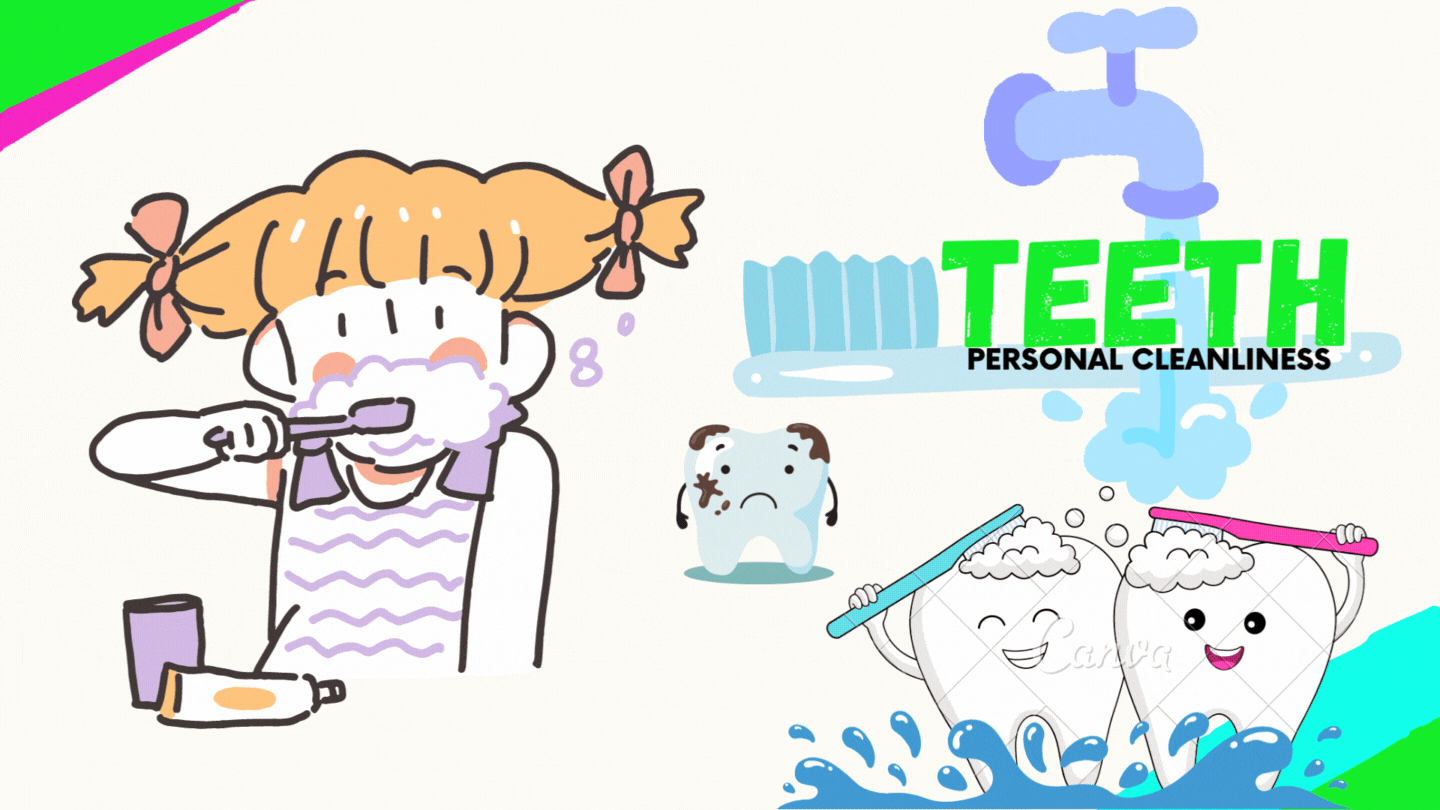
How many children don't get bored of brushing, sometimes they don't like the taste of cream either and when they get to brush their teeth by themselves they do it wrong!
A cuantos niños no les aburre el cepillarse, a veces tampoco les gusta el sabor de la crema y cuando llegan a lavar sus dientes por sí sólos lo hacen mal!
I would be delighted to create this content with a child but I don't have children, I hope one day to enjoy these things with my children; In the same way, I wish you parents the best in the task of personal hygiene of the little ones in the house.
Me fuese encantado crear este contenido con un niño pero no tengo hijos, espero algun dia disfrutar de estas cosas con mis hijos; de igual forma a ustedes padres les deseo lo mejor en la tarea del aseo personasl de los pequeños de la casa.

EASY AND FUN | FACIL Y DVERTIDO
Drawing a lip is very easy, a kind of cross is made that will be the dividing lines of the lip and the teeth and then we will only begin to fill in starting with the teeth.
Dibujar un labio es muy facil, se realiza una especie de cruz que seran las lineas divisoras del labio y los dientes y luego solo comenzaremos a rellenar iniciando por los dientes.
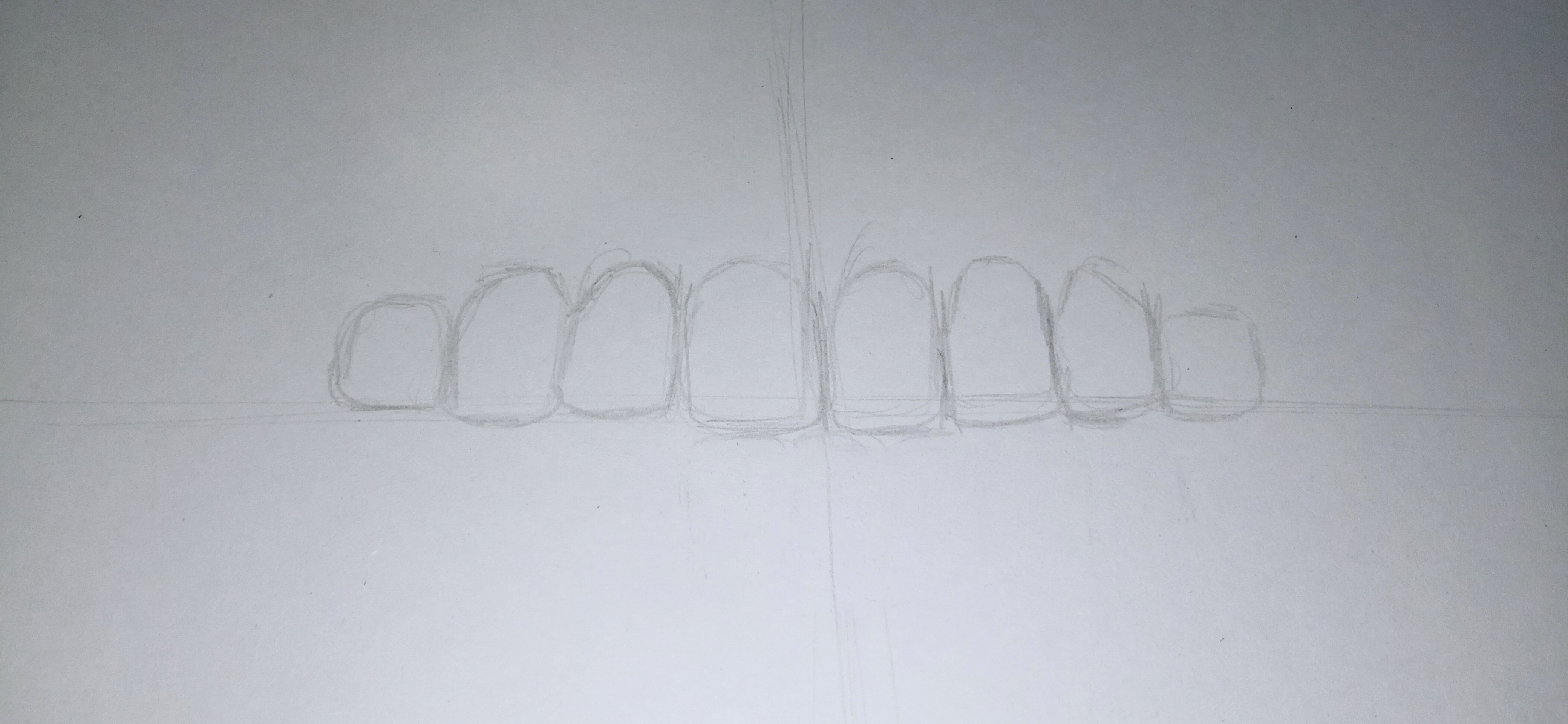
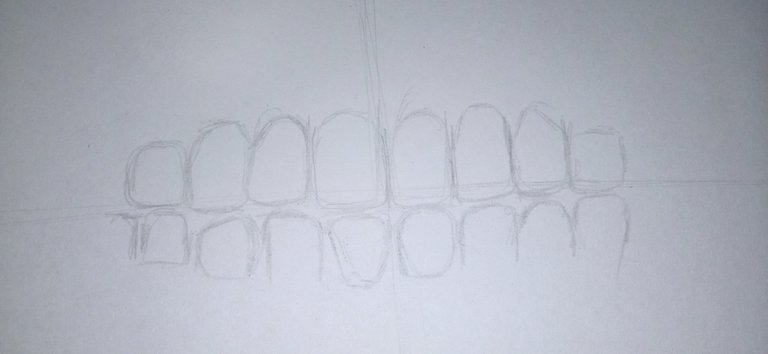
We will draw a "V" over the top two main teeth and make a curve from the tip of the "V" to the horizontal line.
Dibujaremos una "V" sobre los do dientes principales superiores y haremos una curva desde la punta de la "V" lasta la linea horizontal.
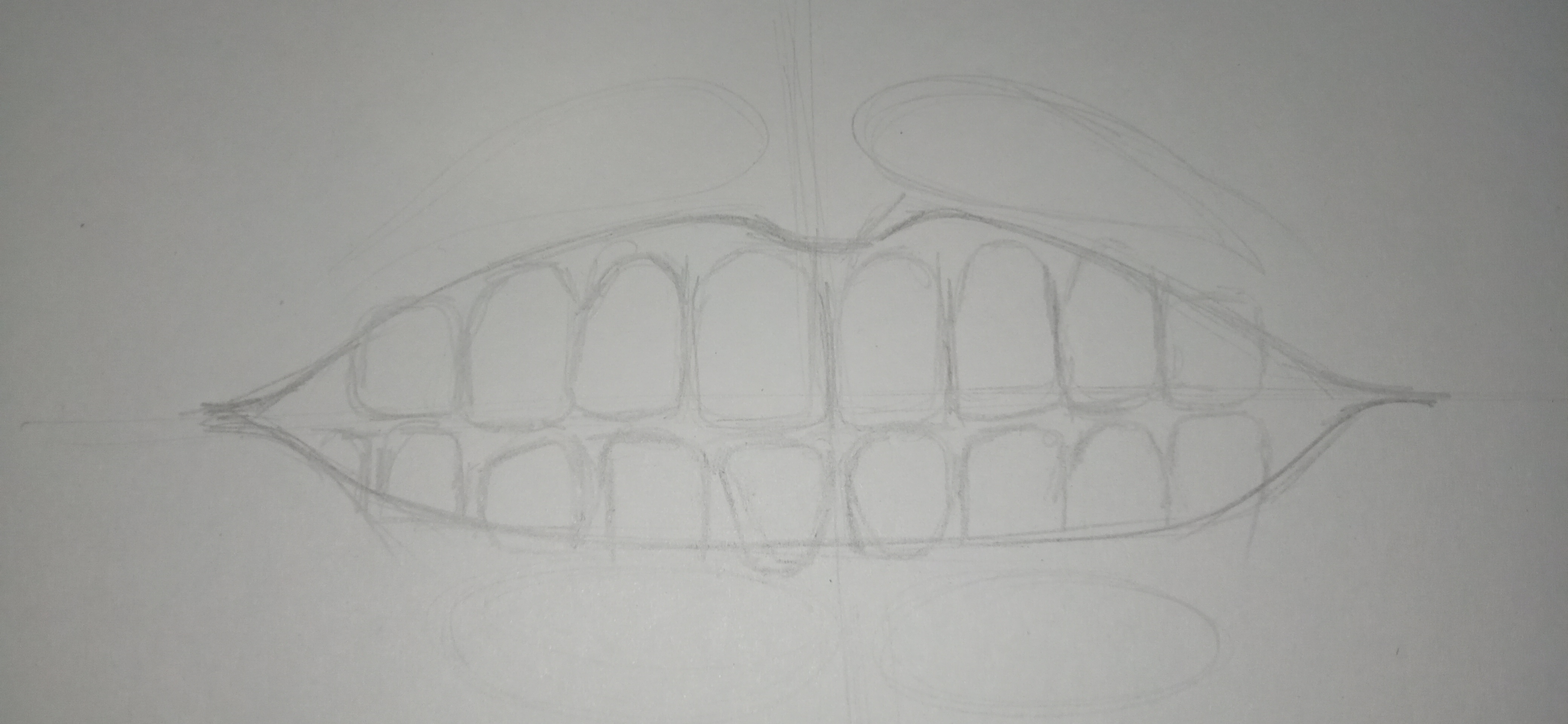
We will repeat the same previous step of the "V" but above and we will achieve the thickness of the lip and inside it we will draw a style of drops that will be the shine of the lip later.
Repetiremos el mismo paso anterior de la "V" pero mas arriba y lograremos el grosor de ellabio y dentro de el dibujaremos un estilo de gotas que seran los brillos del labio mas adelante.


To paint it is very simple in the drop-shaped part the red is applied softer and outside it the red is more intense.
Para pintar es muy sencillo en la parte con forma de gota el rojo se aplica mas suave y fuera de el el rojo es mas intenso.
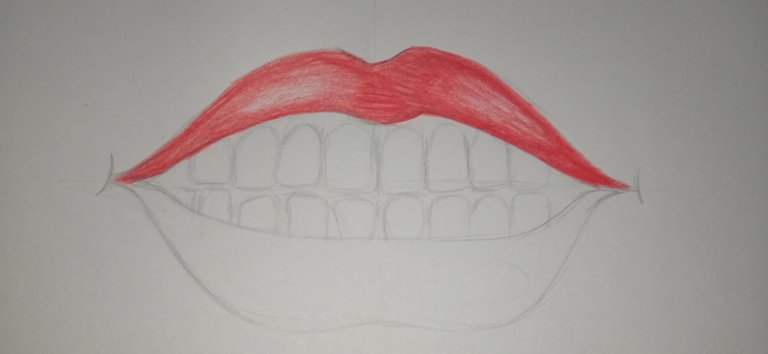 | 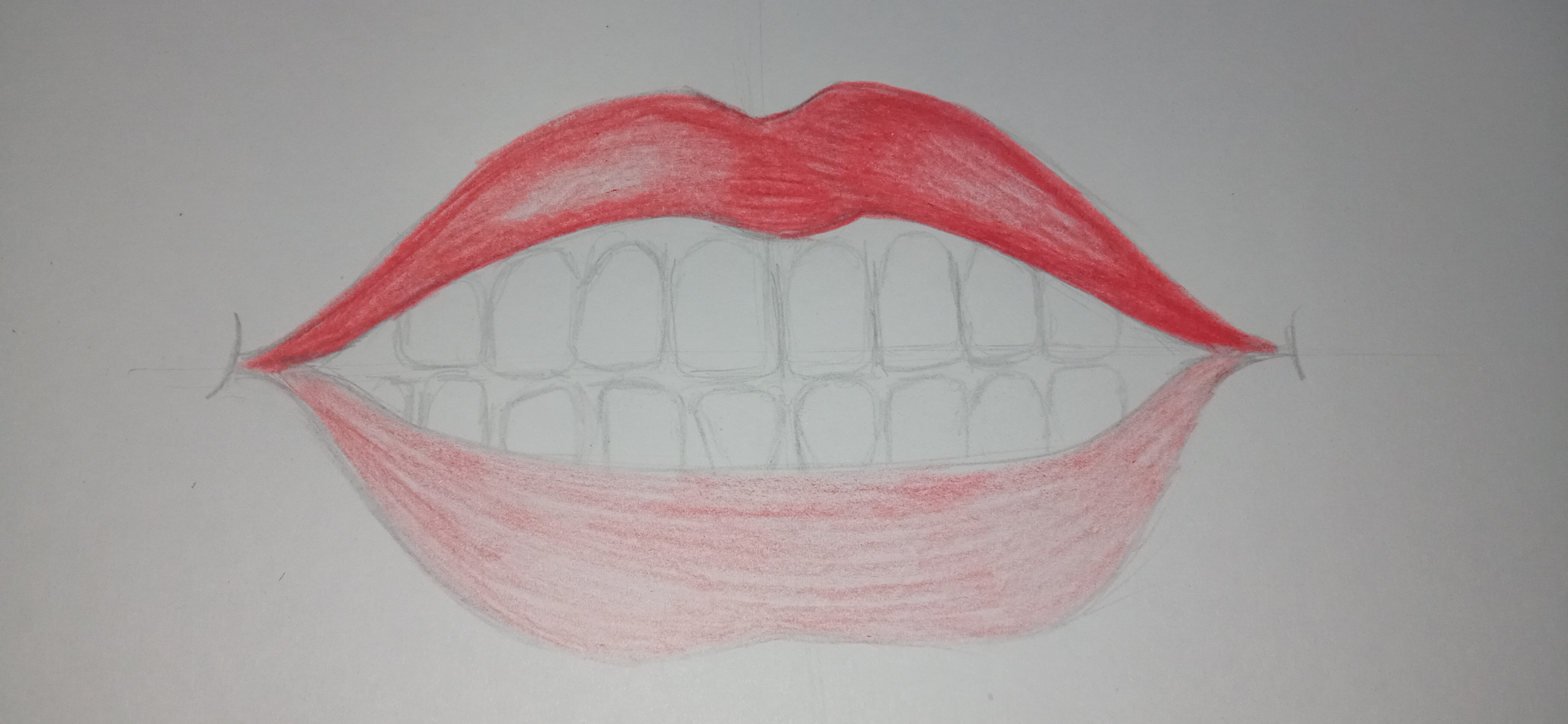 |
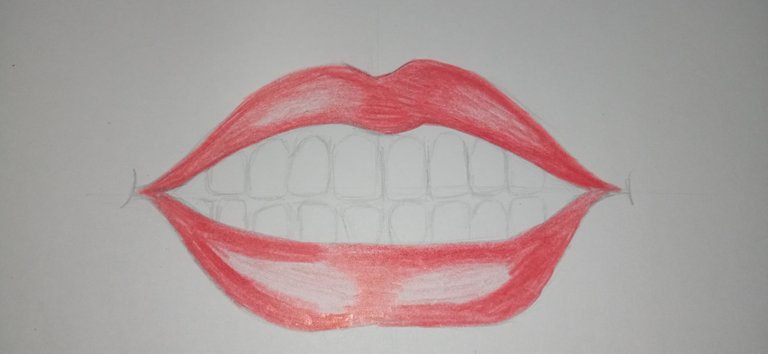
Las encias las pintamos de rosado con rojo y remarcaremos los dientes de negro por la orilla para dar profundidad.
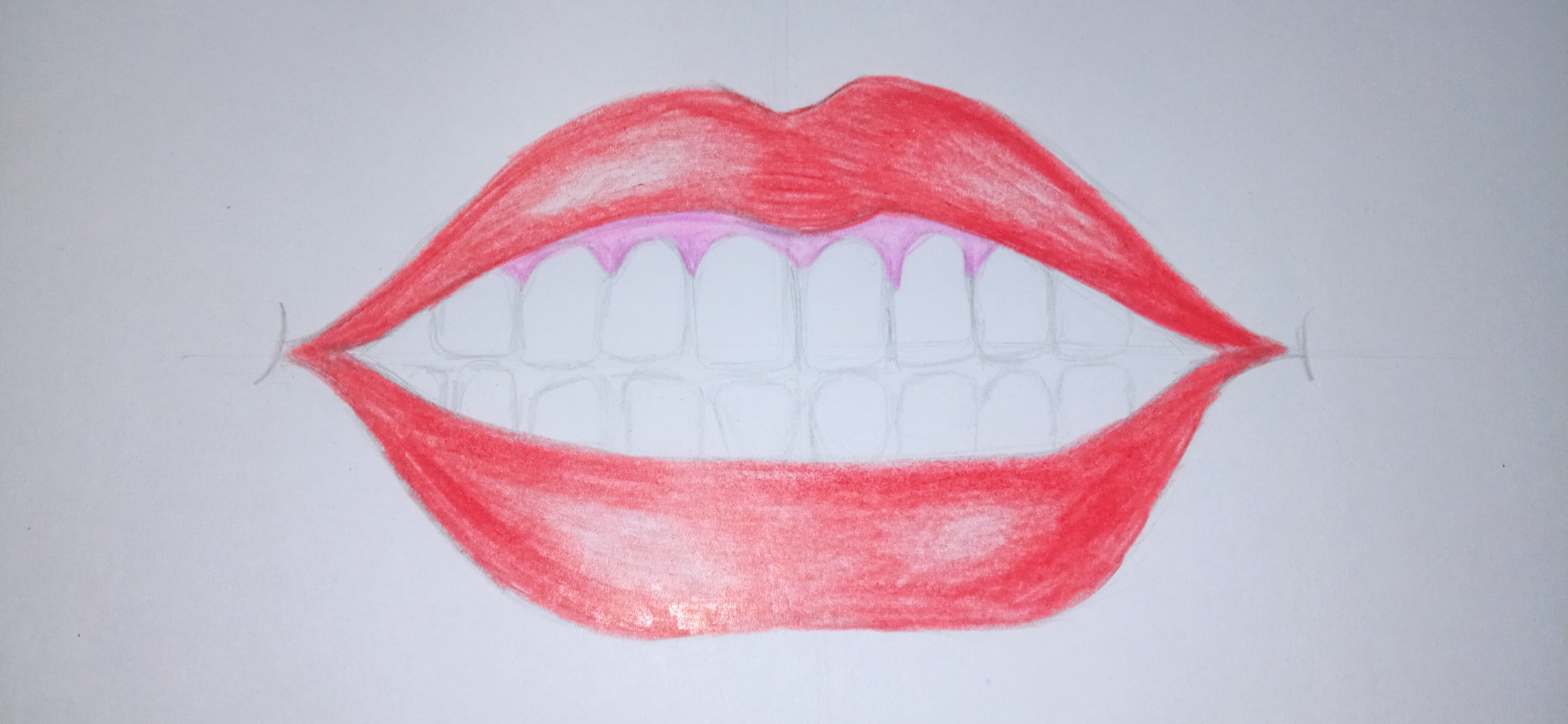 | 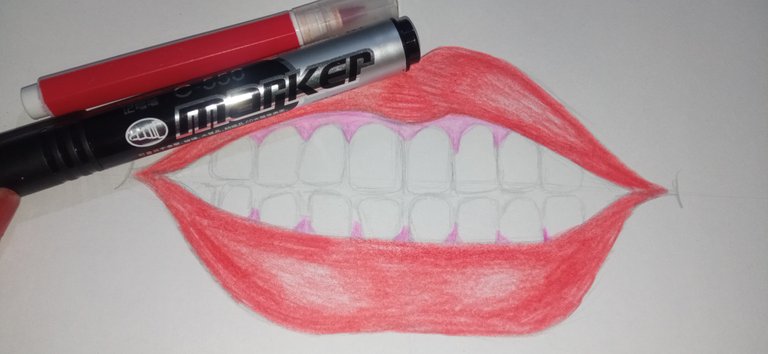 |
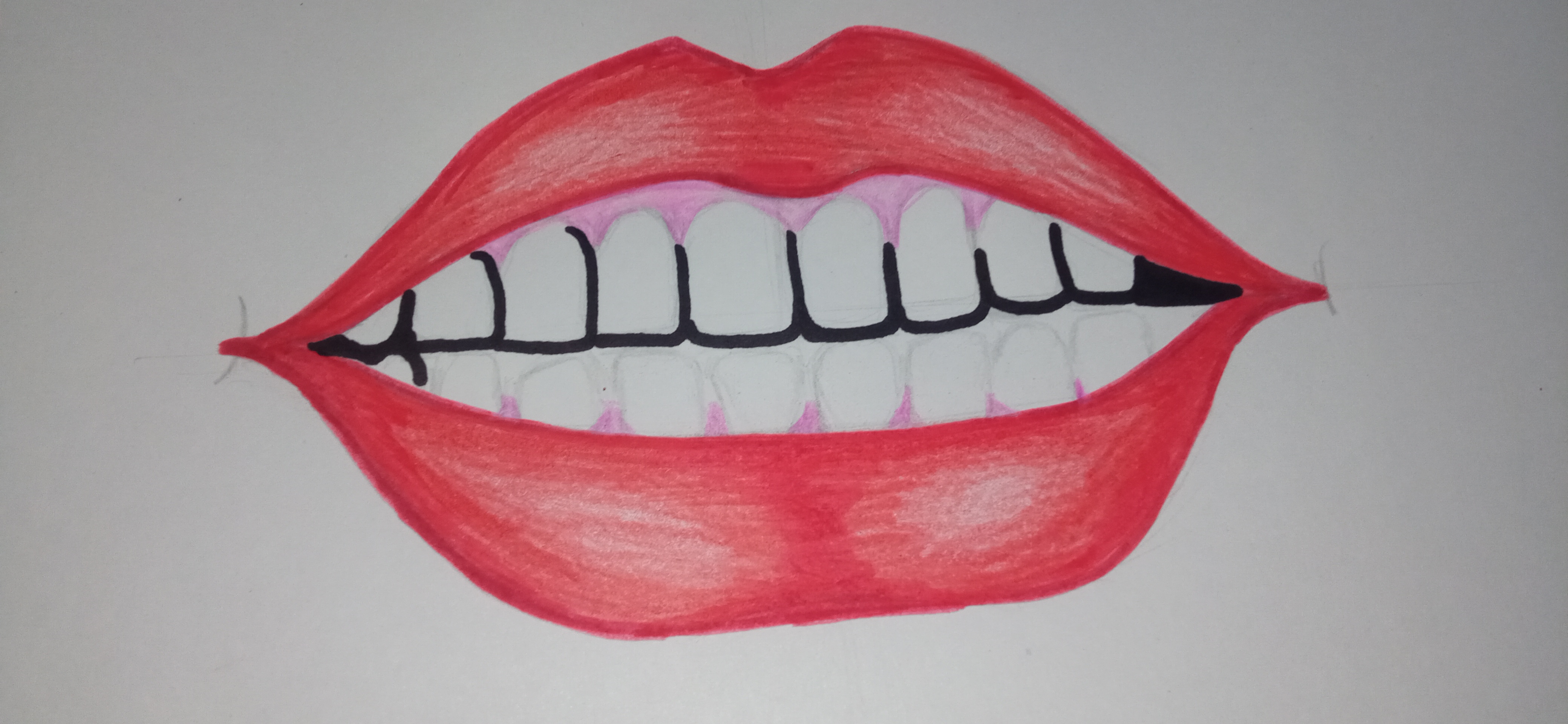
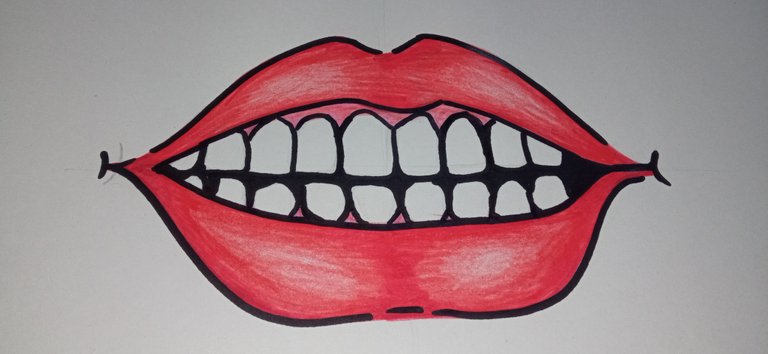

Once the smile is painted, we will cut it out and laminate it with contact paper.
Una vez pintada la sonrrisa la recortaremos y con papel contac vamos a plastificarla.
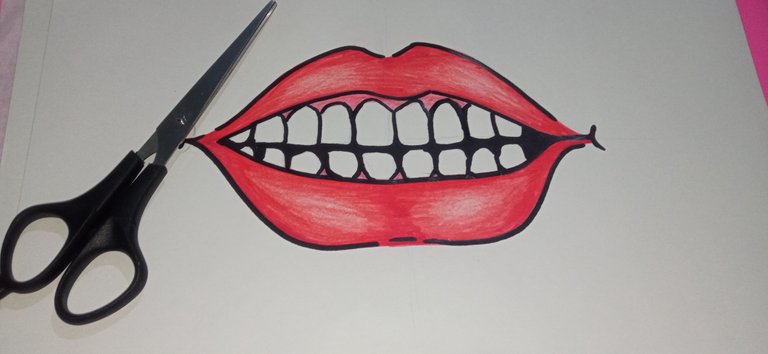 | 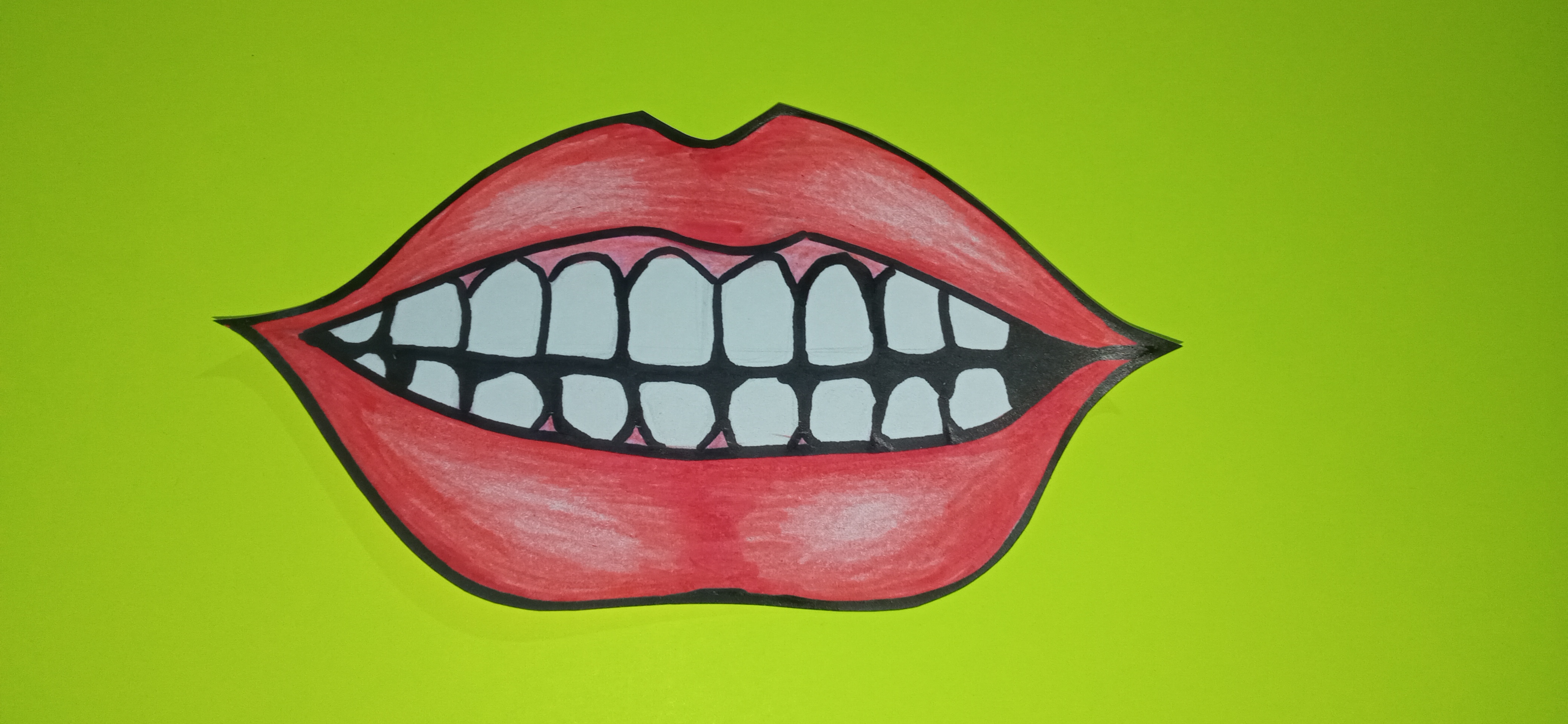 |
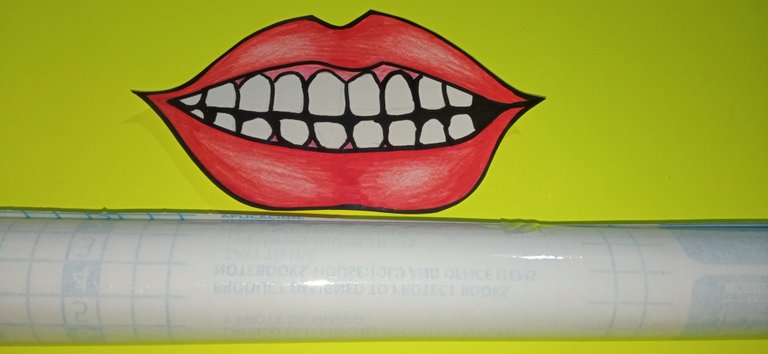
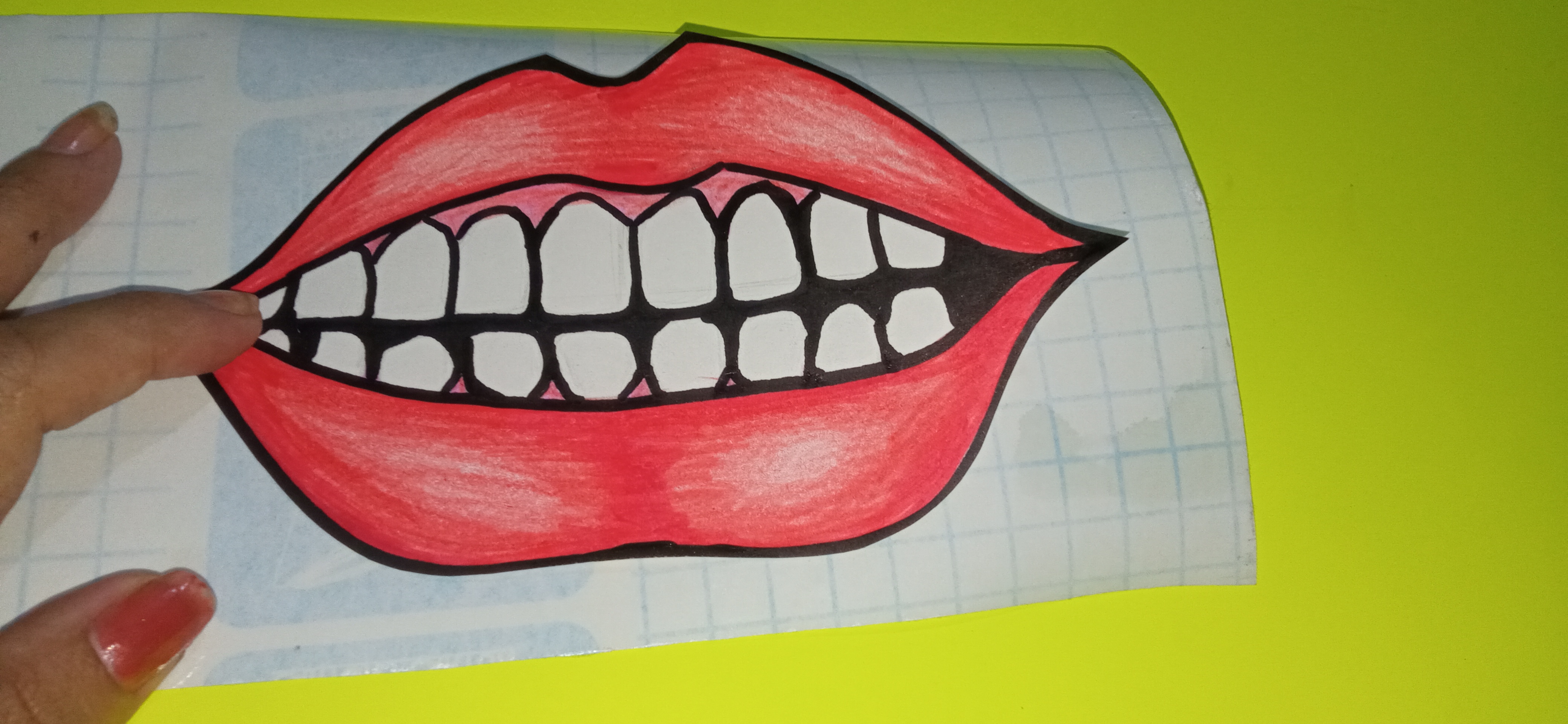 | 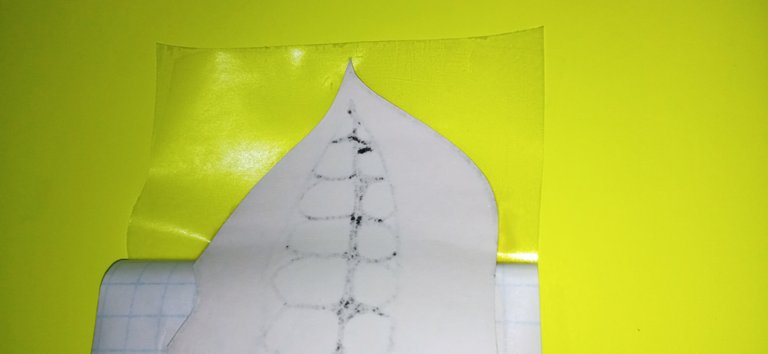 |
 | 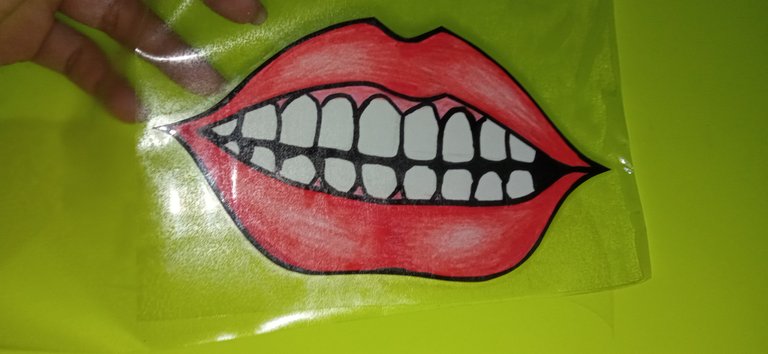 |

We will cut along the entire edge of the adhesive paper and with a marker and a toothbrush we will be able to teach the children how to brush correctly.
Recortaremos por toda la orilla del papel adesivo y con un marcador y un sepillo dental podremos enseñarles a los niños como cepillarse correctamente.
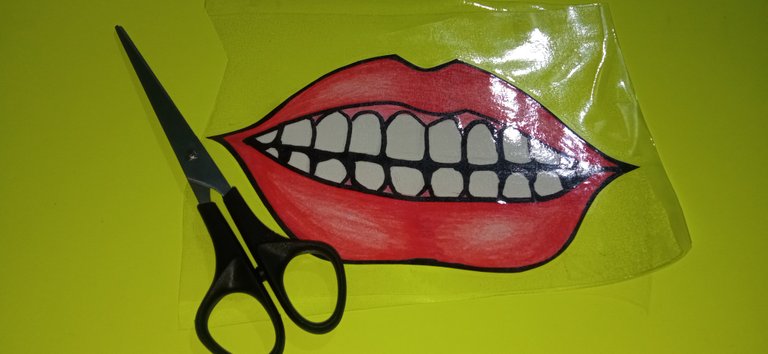 | 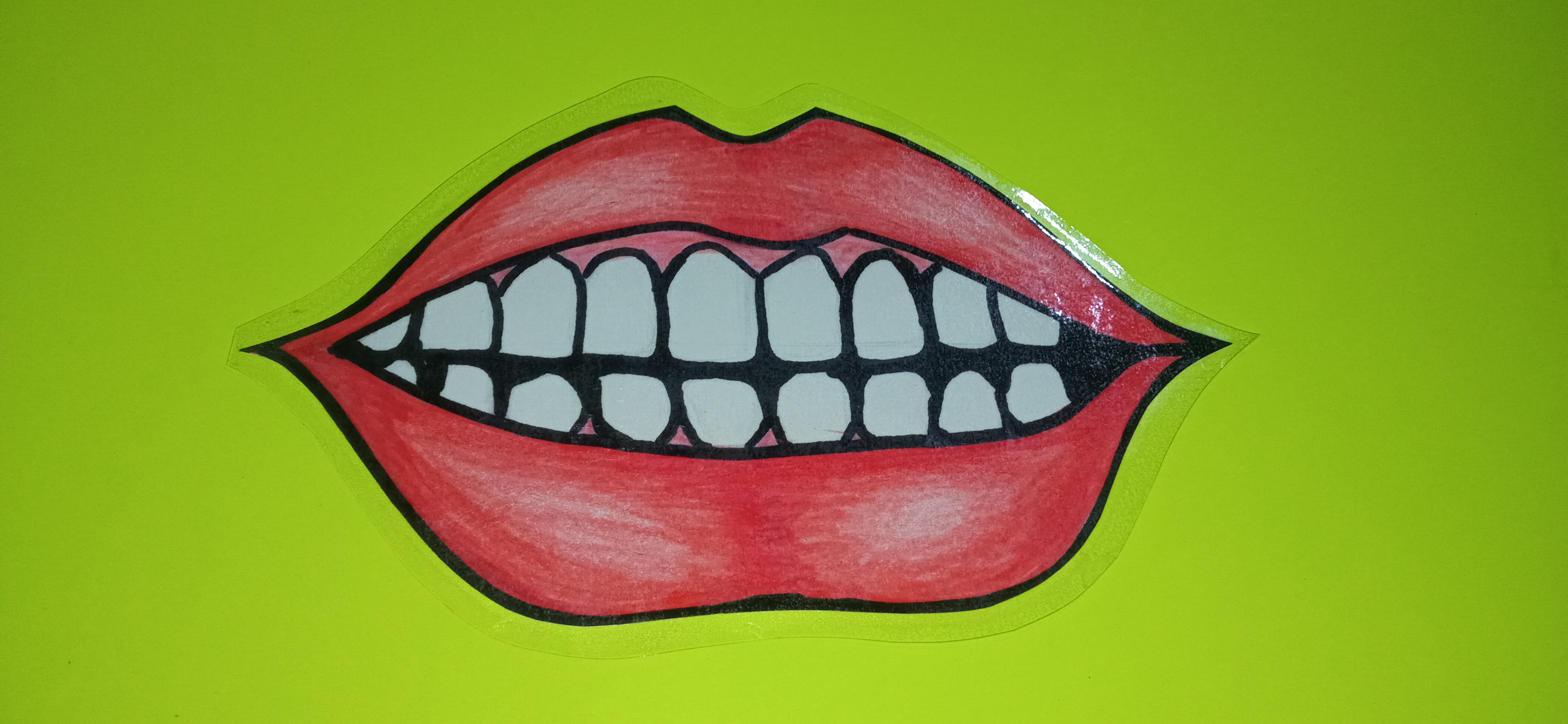 |
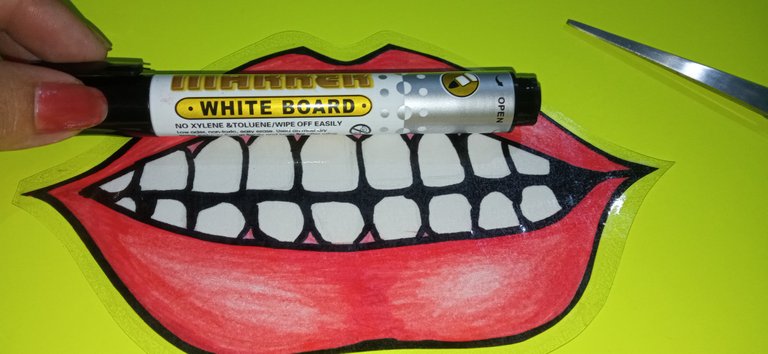
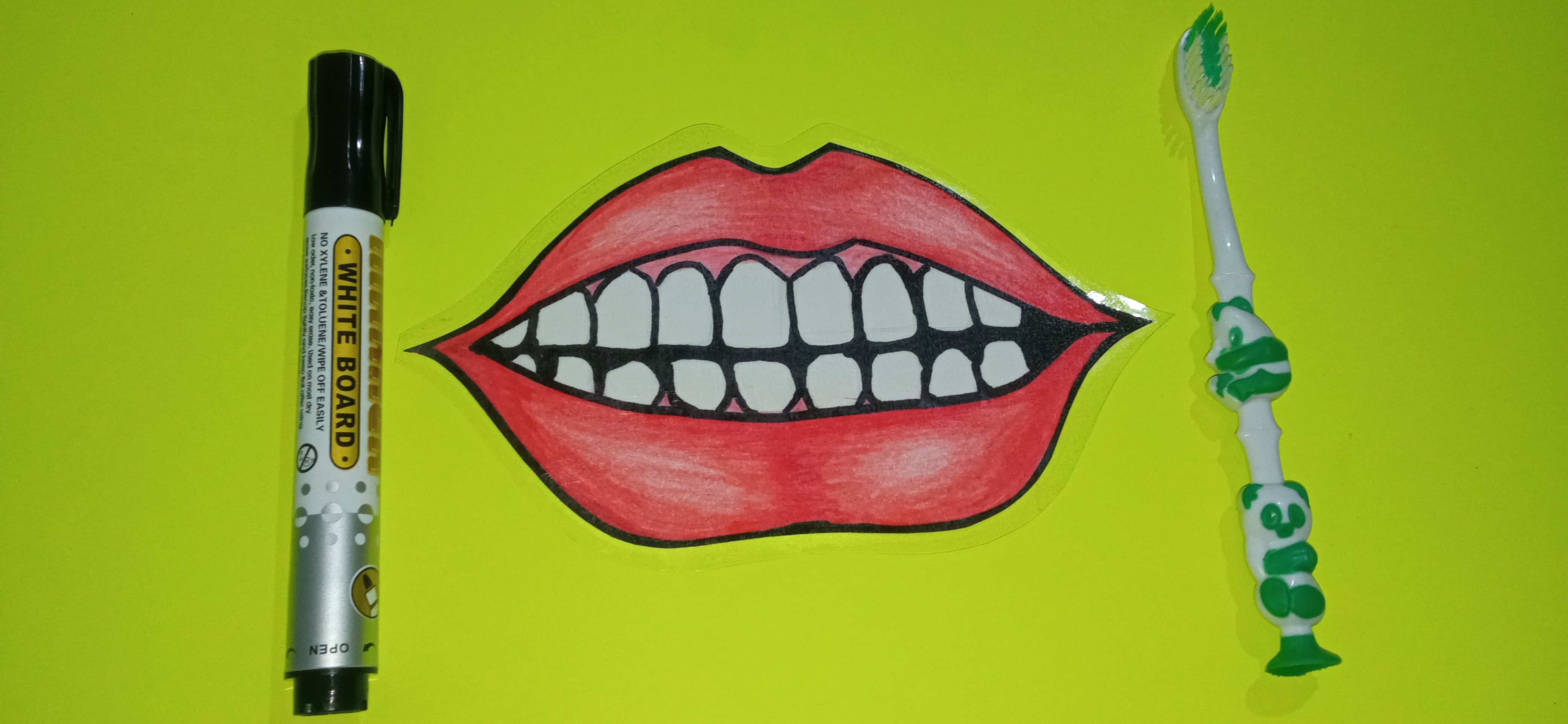
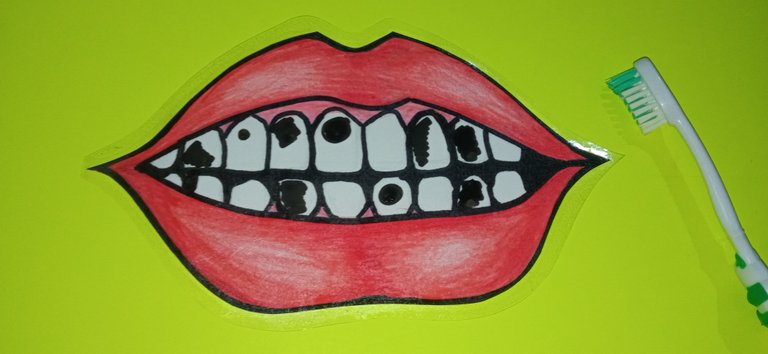
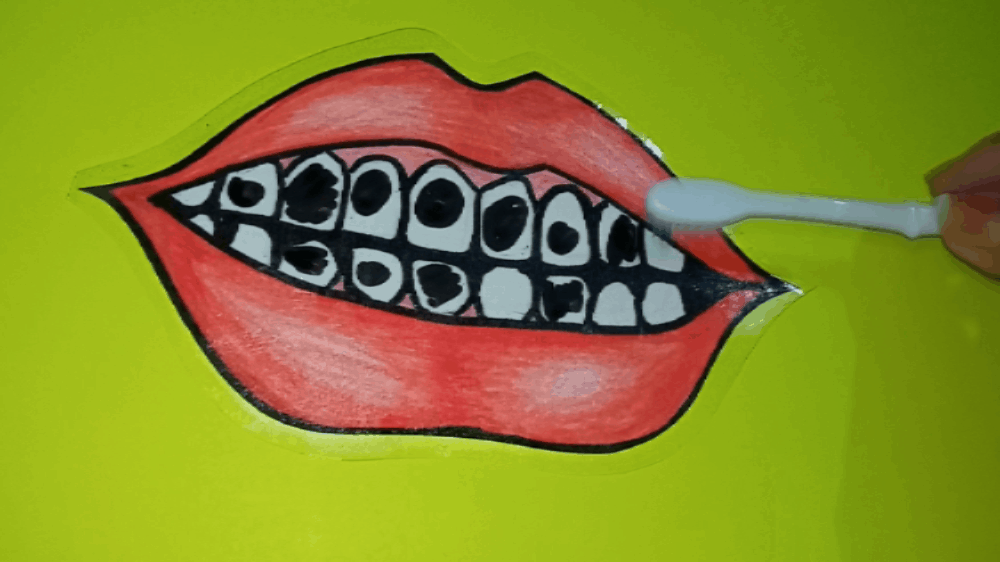

We will be able to place cavities, food residues, stains and even broken gums and erase it with the toothbrush indicating how important it is to brush your teeth.THE MARKER TO USE ON THE LIP IS FOR ACRYLIC BOARDS, THE NORMAL WILL NOT BE REMOVED BY THE DENTAL BRUSH.
Podremos colocar caries, residuos de comida, machas e incluso encias rotas y borrarlo con el cepillo de dientes indicandoles lo importante que es lavarse los dientes. EL MARCADOR PARA UTILIZAR SOBRE EL LABIO ES PARA PIZARRAS ACRILICAS, EL NORMAL NO SERA RETIRADO POR EL CEPILLO DENTAL.
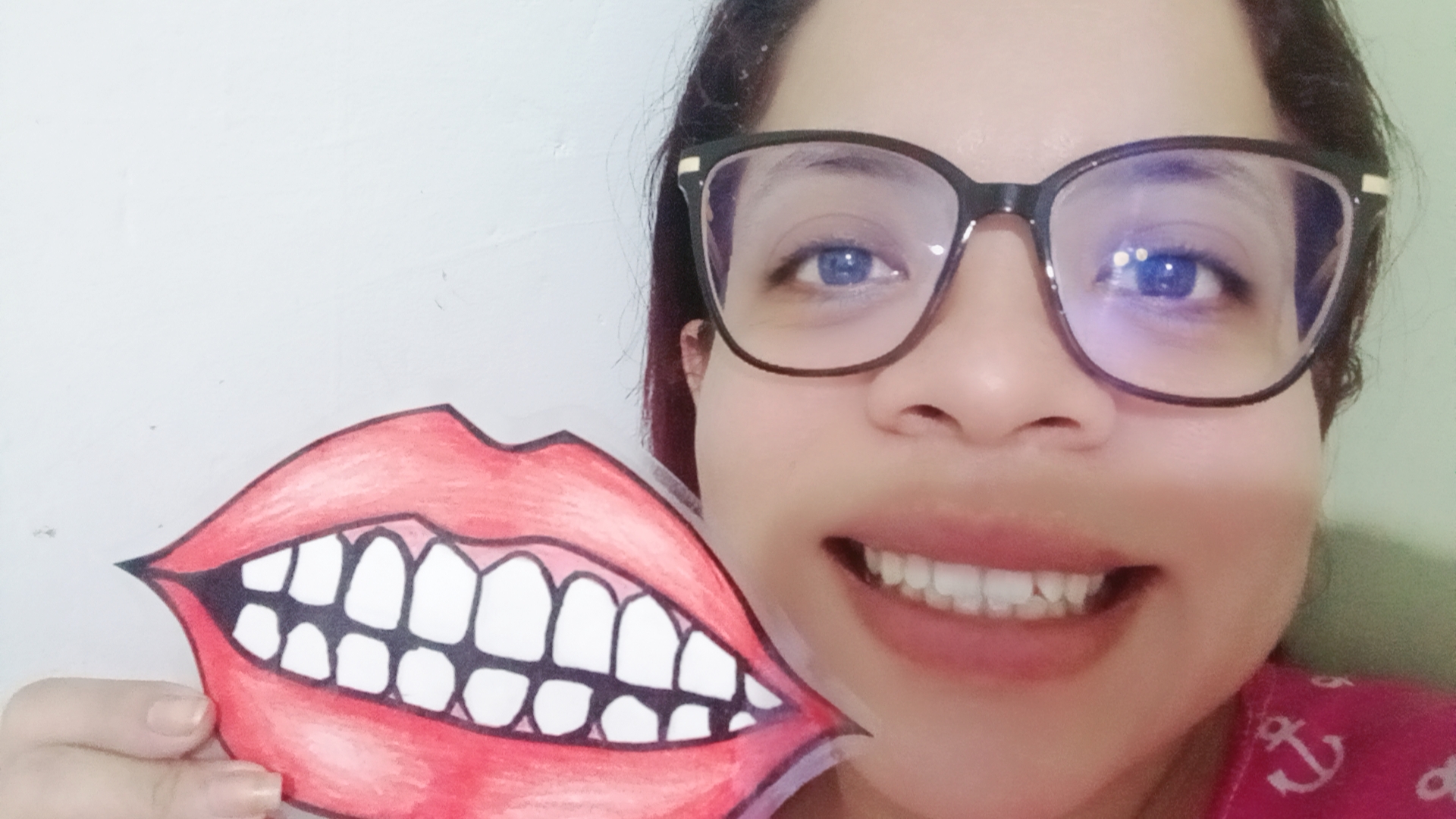 | 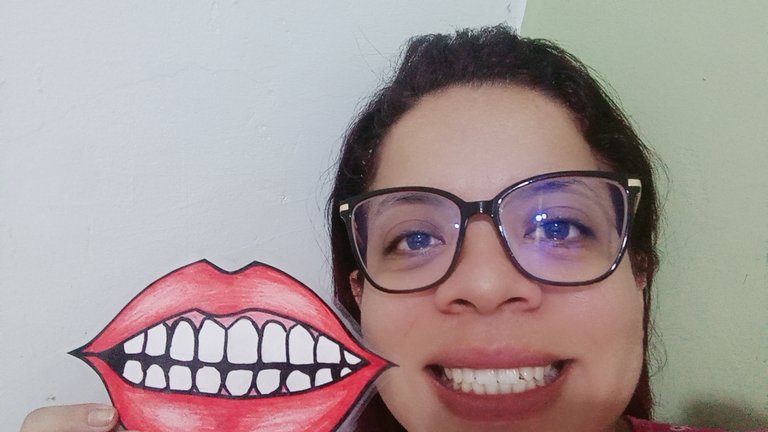 |
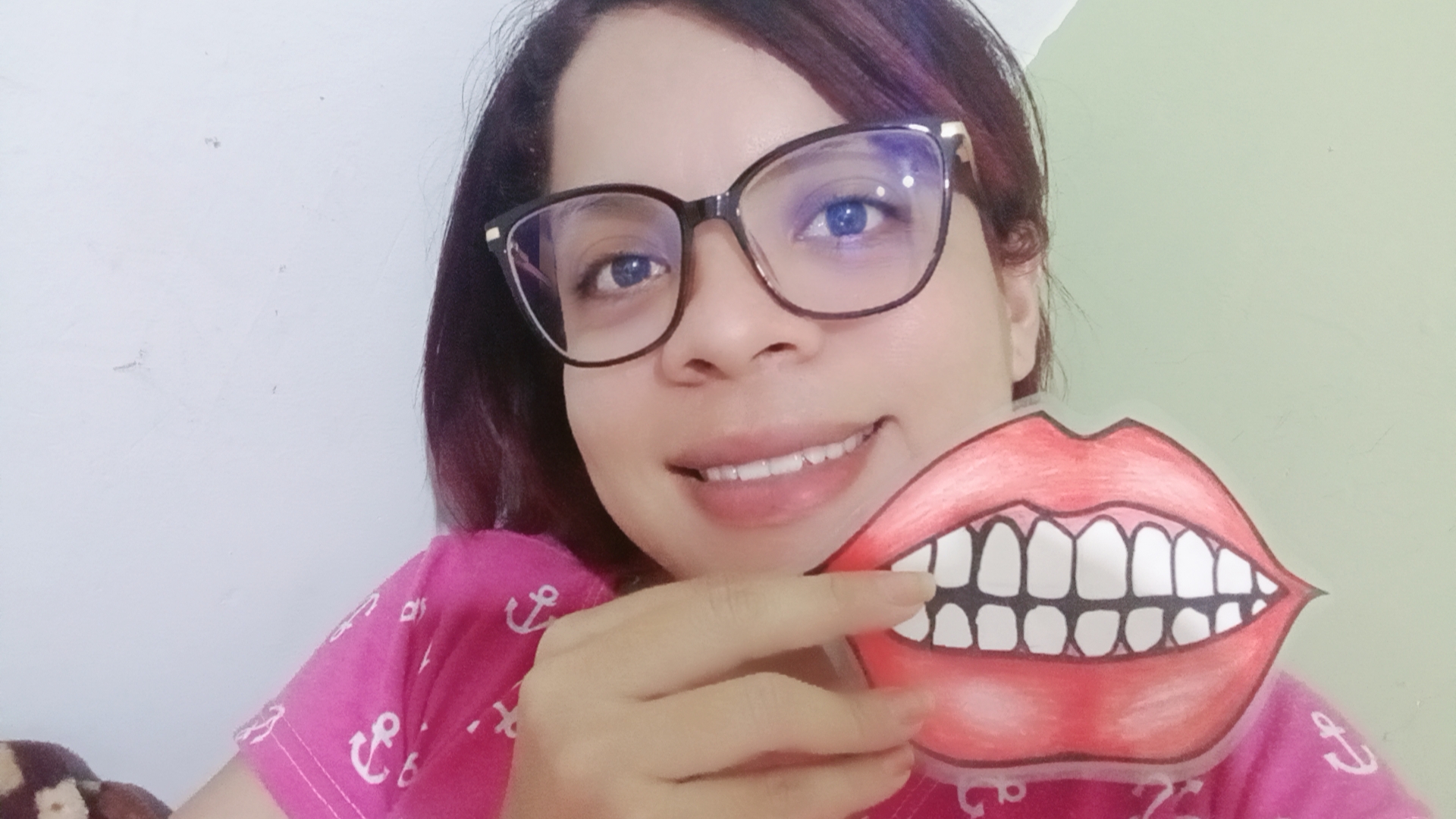
Teaching our children correct oral hygiene is a safe investment in health.
Enseñar a nuestros hijos una correcta higiene bucodental es una inversión segura en salud.

The appropriate age for children to start using a toothbrush on their own is 3 years. At this age, learning must be based on play (children always want to play) and be reinforced with the accompaniment of parents. In this sense, the imagination and enthusiasm that we parents put into the task will be reflected in a faster learning rate and that it is correct.
Lastly, we explain step by step how they should learn to brush their teeth, reminding you, dedicated parents, that you must accompany them in each of these steps, until they are able to do it on their own and correctly:
- Use the amount of toothpaste the size of a pea.
- Brush the front face of the teeth: from top to bottom, on the upper teeth and from bottom to top on the lower ones.
- Brush the back of the teeth: in the same way. Due to its greater difficulty, the front teeth can be brushed from the inside out.
- Brush the chewing surfaces with back-and-forth back-and-forth movements.
- Teach the child to rinse and spit, instead of swallowing.
- Brushing should last three minutes.
Remember that it is a progressive learning, which requires time and patience! FARMAFERRER
La edad adecuada para que los niños por sí mismos puedan empezar a usar un cepillo de dientes se sitúa en los 3 años. En esta edad, el aprendizaje ha de basarse en el juego (los niños siempre quieren jugar) y reforzarse con el acompañamiento de los padres. En este sentido, la imaginación y el entusiasmo que los padres pongamos en la tarea, se verá reflejado en una mayor rapidez de aprendizaje y en que éste sea correcto.
Pasos para un buen cepillado de dientes para niños:
Por último, os explicamos paso a paso, cómo deben aprender a cepillarse los dientes, recordándoos, abnegados papás, que deberéis acompañarles en cada uno de esos pasos, hasta que sean capaces de hacerlo solos y correctamente:
-Utilizar la cantidad de pasta de dientes del tamaño de un guisante.
-Cepillar la cara anterior de los dientes: de arriba hacia abajo, en los dientes superiores y de abajo hacia arriba en los inferiores.
-Cepillar la cara posterior de los dientes: de la misma forma. Por su mayor dificultad, los dientes frontales pueden cepillarse de dentro hacia fuera.
-Cepillar las superficies de masticación con movimientos de vaivén de atrás adelante.
-Enseñar al niño a enjuagarse y escupir, en lugar de tragar.
-El cepillado debe durar tres minutos.
¡Recordad que se trata de un aprendizaje progresivo, que requiere tiempo y paciencia! FARMAFERRER





